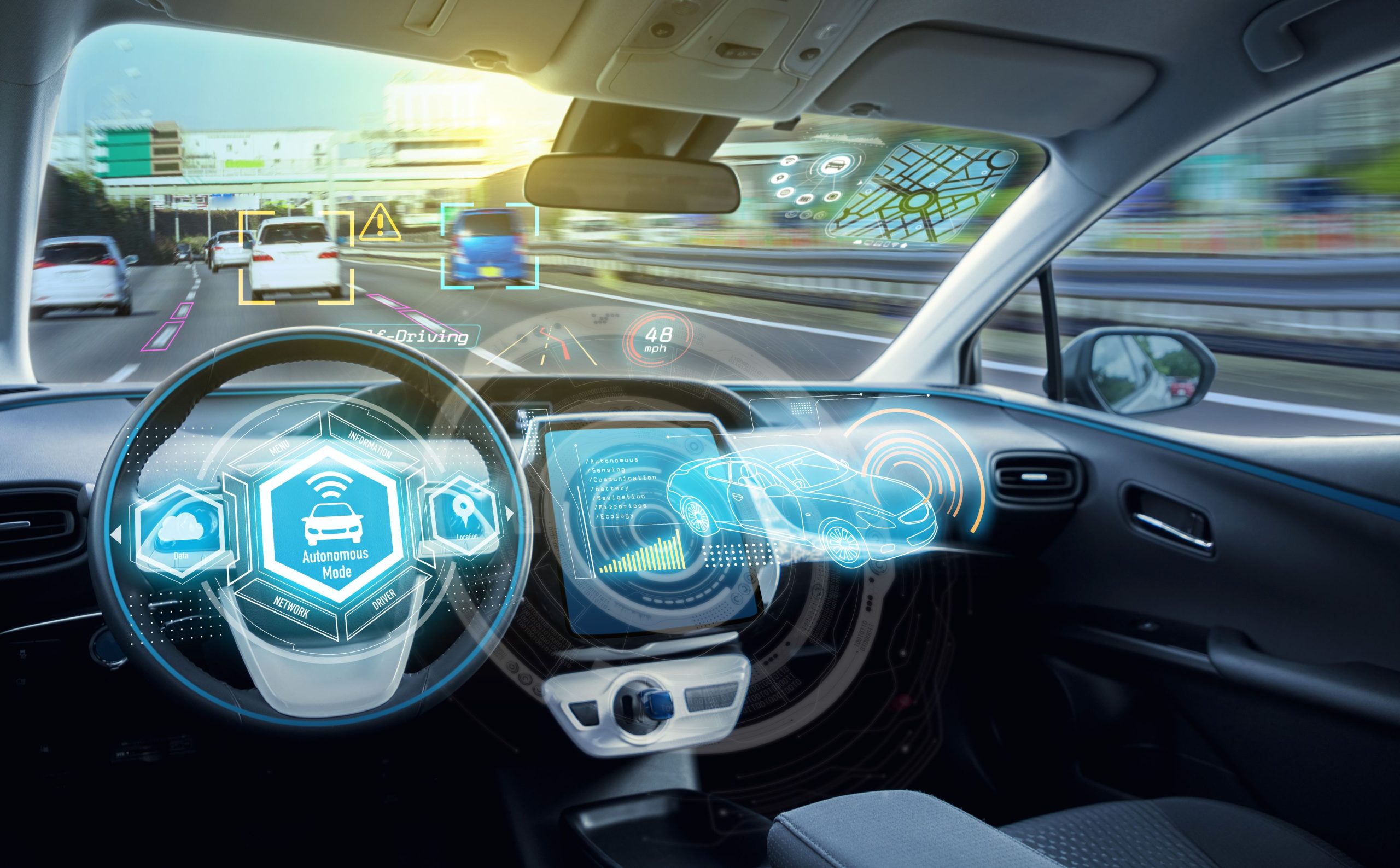The trucking and transportation industries remain in flux, with the evolution of technology and innovation transforming how goods are transported worldwide. The trucking industry, in particular, has been at the forefront of this shift. As we look to the future of truck driving, we can anticipate further advancements, including the integration of autonomous vehicles, increased safety measures, and a focus on environmental sustainability.
One of the most significant innovations set to disrupt the field is the development of autonomous trucking technology. Numerous companies are in a race to bring self-driving trucks to the market, with the potential to revolutionize the way goods are transported across long distances. Autonomous trucks will use advanced sensors, GPS systems, and artificial intelligence to navigate and make decisions on the road, reducing the need for human intervention. This development is expected to lead to increased efficiency in the supply chain, reduced transportation costs, and decreased carbon emissions.
While the prospect of autonomous trucks raises concerns about job losses in the trucking industry, many experts believe that the transition will be gradual. Truck drivers will still be required for the foreseeable future, but their roles will shift to managing and overseeing the autonomous systems. This transition will also necessitate ongoing training and education for truck drivers, preparing them for the new demands of their profession.
As technology continues to advance, so do the safety measures implemented within the trucking industry. Collision avoidance systems, adaptive cruise control, and lane departure warnings are just a few examples of the innovations designed to reduce accidents and save lives. In the future, truck driving will likely become even safer, thanks to the integration of augmented reality (AR) and virtual reality (VR) technologies. AR can provide real-time information on traffic conditions, weather, and road hazards, while VR can be used for immersive driver training, simulating challenging scenarios and helping drivers hone their skills.
While any form of historical vehicle is known to produce greenhouse gas emissions, this is set to be offset with the rise of electric and hydrogen-powered trucks. Companies such as Tesla, Nikola, and Volvo are investing heavily in the development of sustainable trucking solutions, with the goal of reducing emissions and fostering a cleaner, greener future. The widespread adoption of electric and hydrogen-powered trucks will not only have a positive impact on the environment but will also lead to cost savings for trucking companies. As renewable energy sources become more prevalent and affordable, the cost of powering these vehicles will decrease, making them a viable alternative to traditional diesel-powered trucks.




